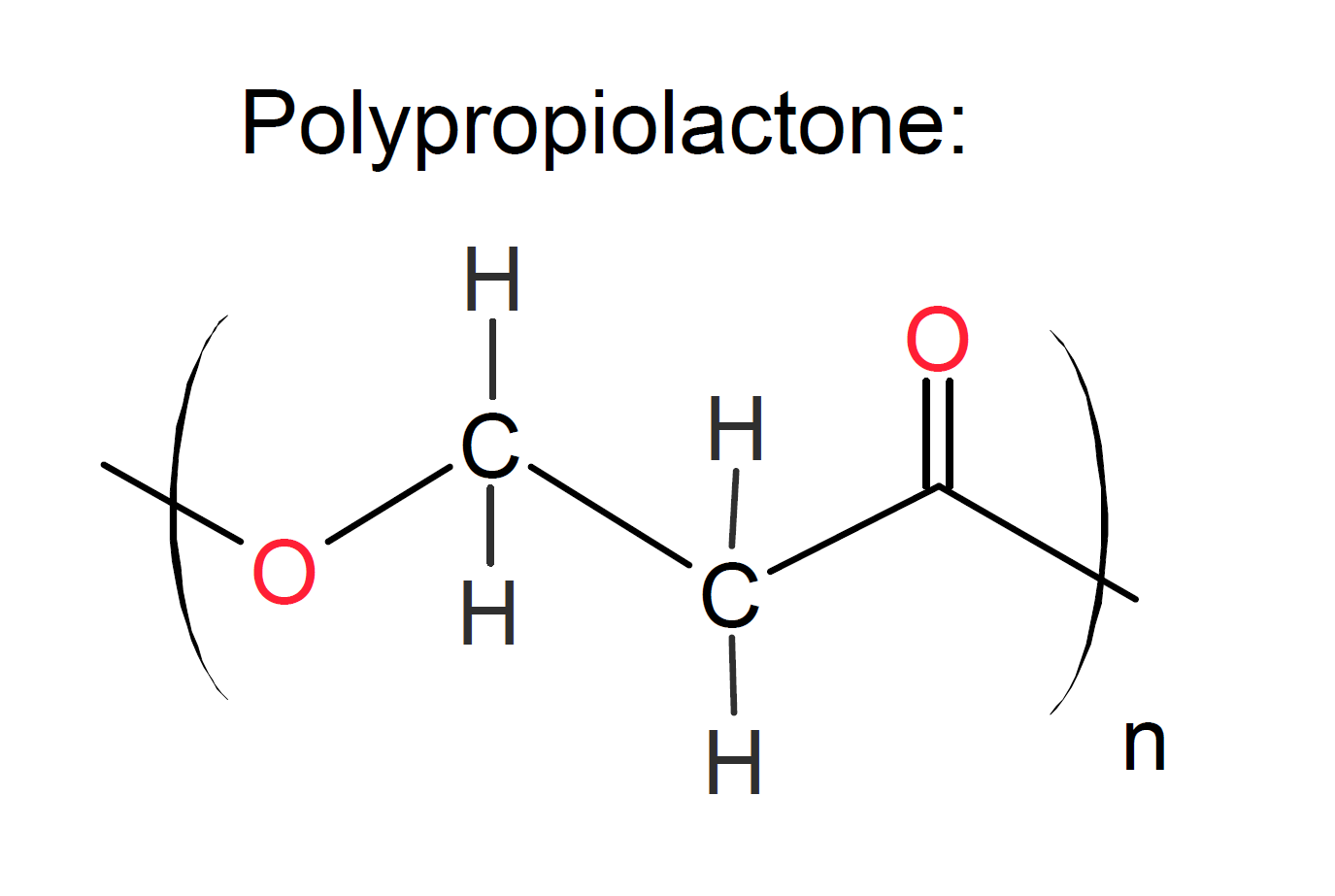Polypropiolactone (PPL)
Properties and Applications
Polypropiolactone (PPL) is a biobased semi-crystalline aliphatic polyester with structural units similar to those of PHB and PCL. It is produced by ring-opening polymerization of beta-propiolactone. Like many other aliphatic polyesters, PPL is fully biodegradable and biocompatible. It has a melting point of about 85°C, and thus is rather flexible at room temperature. Its mechanical properties, including tensile and flexural strength, Youngs modulus and elongation at break, are very similar to those of isotactic polypropylene whereas its impact strength is noticeably higher.1

High molecular weight PPL can be used as an alternative to conventional, fossil-based thermoplastics such as high density polyethylene (HDPE), isotactic polypropylene (i-PP), and polyethylene terephthalate (PET). Potential applications include biodegradable packaging products such as cups, bowls, bottles, cutlery, egg cartons, and straws.
Manufacturers & Distributors
1Novomer PPL-HMW product information.